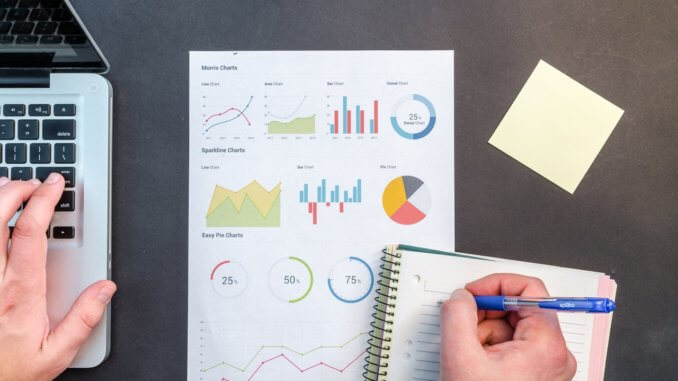
People take loans for various financial requirements. It is an important aspect of personal and business finances. It becomes cheaper to purchase expensive things with the help of loans. There are different types of loans. Individuals not eligible for low-interest loans due to poor credit rating or other reasons have to look for other financing options. There are loan products specially designed for such groups of borrowers that do not qualify for standard loans. A personal loan can be an excellent option to overcome such barriers. It is available even to people with a poor credit rating. You can borrow this loan in two forms – fixed rate and variable rate.
Fixed Rate Personal Loan
The term fixed indicates the fixed rate of interest which remains fixed throughout the loan term. It is considered a stable and less risky loan for borrowers. Borrow this loan if you are averse to the risks of unpredictable changes in the interest rate over the period of the loan term. From the start to the end of the loan term, you know in advance how much you have to pay every month. The interest rate is not increased periodically by the lender to adjust for the inflation and prevailing loan interest rate.
Variable Rate Personal Loan
The variable in this term refers to the variable interest rate of the loan. The interest rate does not remain the same over the loan term. Instead, it fluctuates based on the prevailing loan market index. The interest rate is prone to changes based on market conditions. There are many factors that affect how lenders determine the interest rate for such loans. The federal bank’s interest policies, market demand for the loans, currency value, political situations and financial market conditions are some of the factors that affect how much interest rates lenders charge for their loans. If you have borrowed a variable rate loan, you will pay the interest rate prevailing in the month when the monthly installment of the loan is due. It is important to know that the interest rate for such loans cannot go too high or too low. There is a ceiling rate for each condition, and it varies between 3-11 percent. It means the interest rate for the loan will not go below 3 percent or above 11 percent.
Which One Is Better?
Each one has its advantages and shortcomings. One type of loan works better for certain borrowing requirements. You have to determine your specific borrowing needs and preferences. Go for the fixed rate loan if you prefer certainty and stability in the interest rate charged to you. At the same time, the drawback is that you will still be paying a high-interest rate even when the market interest rate goes down. The variable interest rate personal loan proves cheaper if the interest rate in the future goes down. You can benefit from this loan if the financial market and other conditions that affect the interest rate are expected to remain stable or improve further.
Assess your risk appetite and study the expected future loan market condition to borrow the type of personal loan best suited to your financial and borrowing needs.



